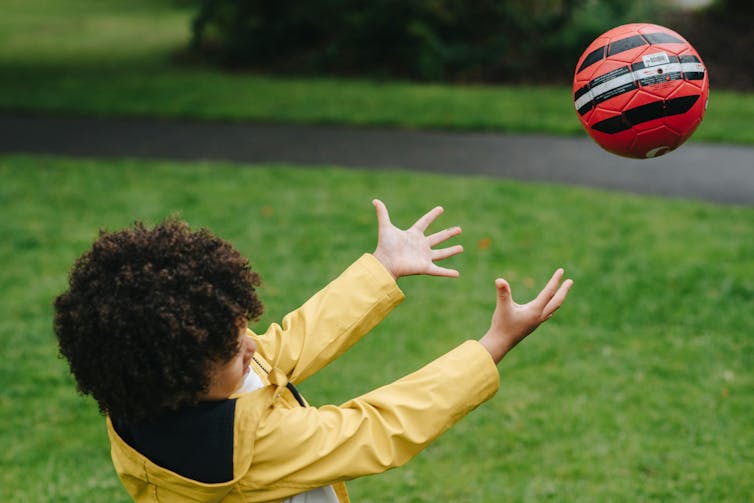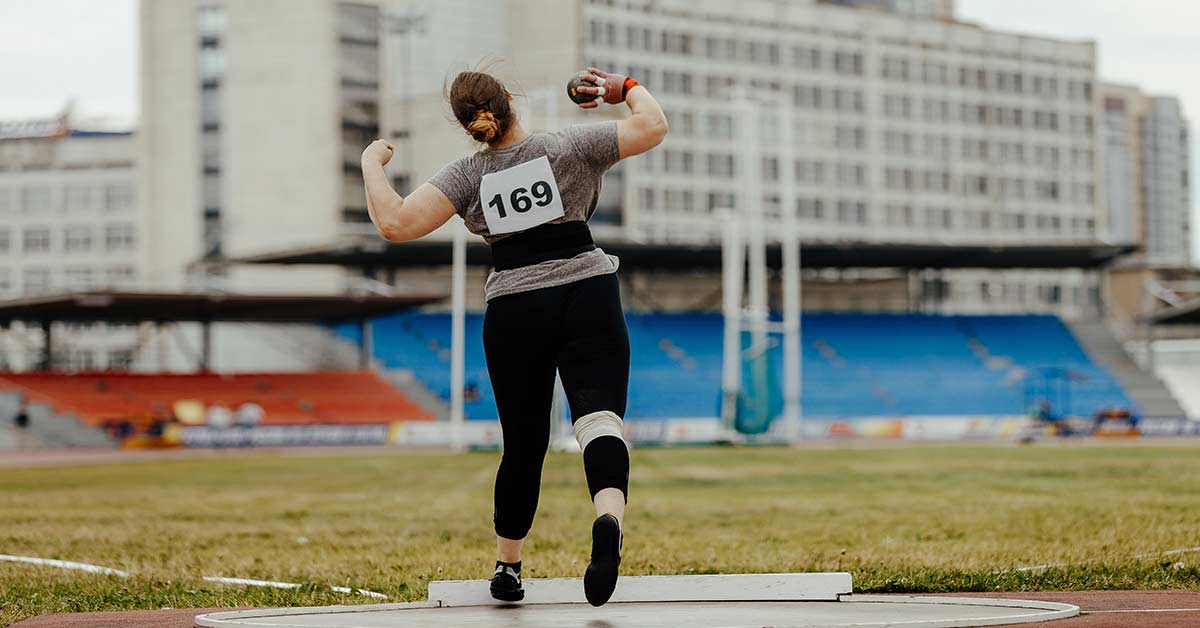8 Simple Techniques For 4throws
8 Simple Techniques For 4throws
Blog Article
Getting The 4throws To Work
Table of ContentsNot known Facts About 4throws4throws for DummiesTop Guidelines Of 4throwsThe Greatest Guide To 4throwsNot known Factual Statements About 4throws
Otherwise, the young bottles might be more most likely to have joint and shoulder injuries. It is typical for a coach to "take out" a bottle when the maximum variety of pitches has actually been tossed or if the game situation requires a modification. If the bottle remains to play because video game, he should be put at shortstop or third base where long hard tosses are called for on a currently weary arm.This combination leads to as well numerous throws and increases their risk of injury - Throwing shoes. The best location is transferring to second or first base where the tosses are much shorter and less stress is placed on the arm. It is additionally crucial to recognize exactly how lengthy to rest young pitchers in order to enable the very best healing in between getaways
Bottles need to additionally ice their shoulders and elbows for 20 mins after tossing to promote recuperation. Some players may use greater than one group in a period. This warrants attention to correct remainder. Body and arm fatigue modification mechanics and bring about injury. When using numerous groups, take into consideration pitching on just one and playing an area position on the other (not catcher).
Any person can throw a sphere "over-hand," however not everybody can do it well. While throwing a sphere appears simple, it is in fact a complex collection of motions. Shot put for sale.
Examine This Report about 4throws

(https://4throwssale.carrd.co/)The shoulder joint is included 3 bones, scapulae, clavicle and humerus. The head of the humerus rests on the Glenoid fossa of the scapula where it articulates when the muscles of the shoulder agreement to move the arm. The head is held "against" the glenoid surface using the 4 Potter's wheel Cuff (RTC) muscle mass, which act in unison and create a force pair when the arm is relocated.
The further the shoulder can be externally revolved while it is abducted, the better the ball can be thrown with pressure and speed, supplying all other body parts and movements are in synch. If any element of these technicians is "off," an injury can strike the shoulder or joint that can lead to the failure to toss a sphere.
It is the beginning of the tossing motion, preparing the "body components" for the act of throwing a sphere. Activity takes place in the reduced extremities right here and upper body where the large majority of "power" to toss a round is produced.
The 2-Minute Rule for 4throws
This shoulder setting places the anterior top quadrant musculature on a "stretch" and prepares it to acquire powerfully when the arm begins to relocate ahead in the next stage of the tossing motion. The body begins to progress towards its target during this stage. The lead shoulder is routed at the target and the throwing arm proceeds to relocate right into extreme exterior turning.

When the ball is launched, the posterior quadrant musculature begins to get eccentrically and violently to reduce down and regulate the rotational rate of the Humeral head. Theoretically, if the eccentric control of the Humeral head did not take place the arm would proceed to turn internally and "spin" uncontrollable.
Some Known Details About 4throws
The quantity of eccentric contractile pressure that occurs can harm the posterior musculature if they are not trained appropriately. The final stage of throwing is the follow-through. This phase reduces all body movements and quits the forward movement of the body. The body comes to relax, and the muscular tissue task returns to a peaceful state.
Tossing a round "over-hand" involves activity in all parts of the body. If the mechanics are executed properly, the round can be thrown with excellent velocity and accuracy. If the body is trained appropriately, the act of tossing can be performed repetitively without creating an injury to the tossing shoulder.

Paul Whatley, M.D. "When I was a youngster, baseball was only in the spring and early summer, so children had a lot of time to recover from any concerns credited to repeated movements and stress," he claims. "Now, in order to stay on top of every person else, there is extreme stress for players to go from the spring period directly right into summer 'All-Star' events and showcases, complied with by 'Loss Round.' Subsequently, there can be very little time for the body to recoup from a sport where rep is the vital to developing the muscle mass memory for success.
The Definitive Guide for 4throws
When this activity is done over and over at a high price of speed, it puts substantial anxiety on the development locations of the arm joint and the physiological structure of the shoulder, specifically in the late cocking and follow-through phases. Due to this, several of the most usual injuries seen in baseball players impact the shoulder and elbow.
Report this page